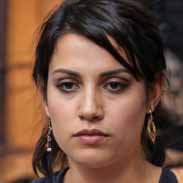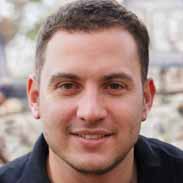Modern Cell Theory Flashcards, test questions and answers
Discover flashcards, test exam answers, and assignments to help you learn more about Modern Cell Theory and other subjects. Don’t miss the chance to use them for more effective college education. Use our database of questions and answers on Modern Cell Theory and get quick solutions for your test.
What is Modern Cell Theory?
Modern Cell Theory is a scientific theory that states that all living organisms are composed of cells, which are the basic unit of life. It was first proposed by German scientists Matthias Schleiden and Theodor Schwann in 1838 and has since been revised several times. The Modern Cell Theory consists of three main parts: 1) All living organisms are composed of cells. 2) Cells are the basic units of life that contain genetic material and divide to create new cells. 3) Cells arise only from pre-existing cells as a result of cell division or reproduction. This theory revolutionized biology by providing a foundation for understanding how organisms develop, reproduce, and function at the cellular level. It has been instrumental in furthering our knowledge about cellular processes such as metabolism, photosynthesis, respiration, and cell specialization. The Modern Cell Theory also helped establish the concept that all life originated from a single common ancestor through evolution over billions of years. This idea became known as the Universal Common Ancestor hypothesis which helped explain how complex multicellular forms evolved from simpler single-celled organisms over time through natural selection and adaptation. Today, modern cell theory remains an important part of biology due to its ability to explain much about how living things work on a fundamental level. Its implications have since extended into fields such as biotechnology, pathology, genetics engineering and many others where it serves as an invaluable reference point for understanding biological systems at work today.







